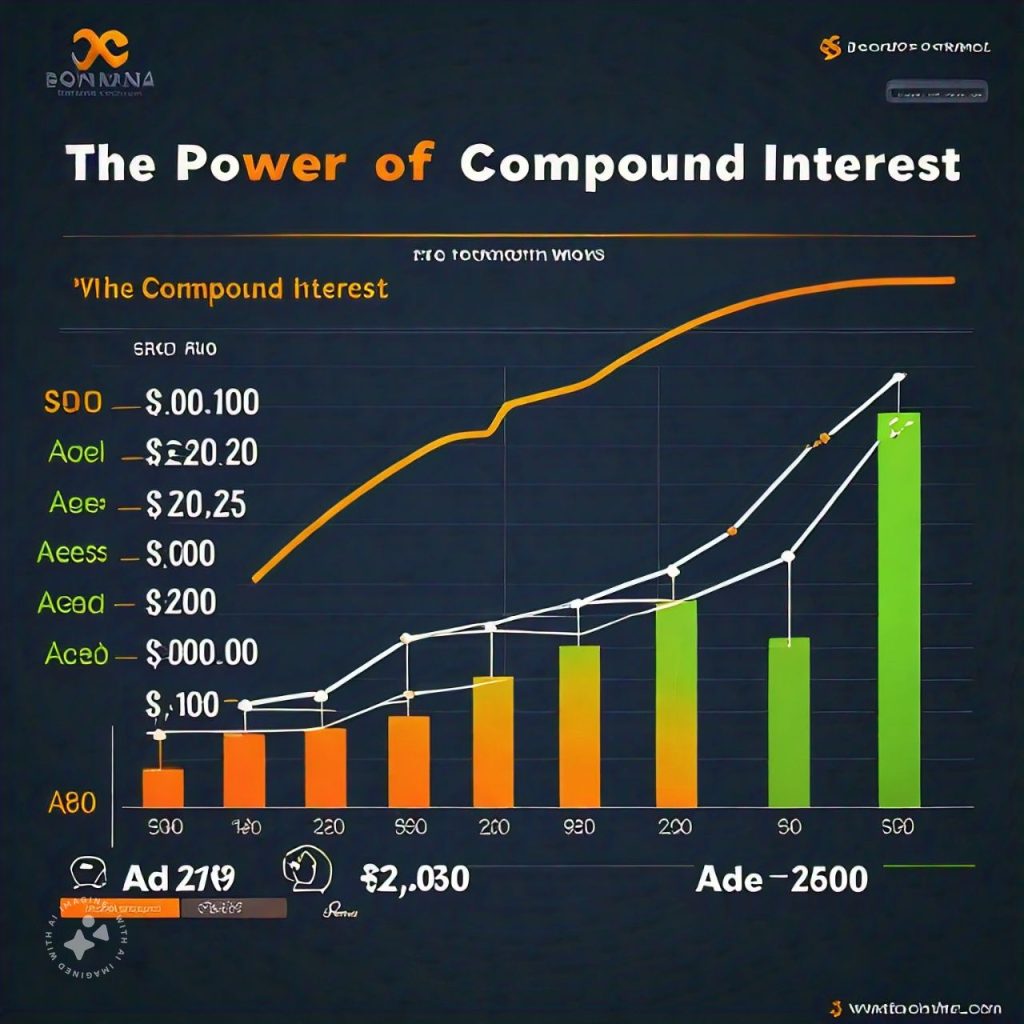Introduction
Picture this: You’ve worked hard your entire life, and now you’re ready to retire. But here’s the question—do you have enough saved to actually retire comfortably?
Retirement planning is one of those topics many of us push to the back of our minds, thinking we have time to figure it out later. But delaying this process can have serious consequences. Let’s look at why retirement planning is so critical and how to start right now, no matter where you are in your career.
Understanding the Problem: Why Most People Aren’t Prepared for Retirement
The Hard Truth About Retirement Savings
According to a 2023 survey by the Employee Benefit Research Institute, nearly 50% of Americans feel unprepared for retirement. Shockingly, 40% of people between 55 and 64 have less than $10,000 saved up, which simply isn’t enough to cover even a few years of living expenses in retirement, let alone medical bills or unexpected costs. For many, the gap in retirement savings leads to financial stress, even dependence on family or social security as their primary source of income, which often isn’t enough.
Case Study: John and Mary’s Retirement Wake-Up Call
Take the story of John and Mary, a couple in their late 40s. John, a middle-manager, and Mary, a teacher, both thought they had enough time to plan for retirement. But one day, they took a closer look at their combined retirement savings and realized they only had $100,000 saved. For a couple with monthly expenses close to $4,000, this amount would barely cover two years, not to mention a long, peaceful retirement. This realization left them anxious but motivated to take action.

Agitating the Problem: What Happens When You Delay Retirement Planning?
The Financial Risks of Putting It Off
The primary risk of delaying retirement planning is that the power of compound interest works best with time. The earlier you start, the more your money can grow without you having to contribute substantial amounts each month. Let’s take a look at some numbers to illustrate this:
If John had started saving just $300 a month from age 25, with an average annual return of 7%, he would have about $725,000 by age 65. By delaying until age 35, that number drops to just $343,000.
The longer you wait, the harder it becomes to catch up, which could mean sacrificing lifestyle choices, delaying your retirement age, or relying more on social security.
The Emotional Impact: How Financial Insecurity Affects Mental Health
There’s an emotional toll that comes with a lack of financial security, especially as you age. People who are not financially prepared often feel anxious, even embarrassed, about their inability to retire comfortably. Studies show that financial stress is linked to higher risks of depression and anxiety, which can have severe effects on overall health and quality of life in retirement.

Solution: How to Start Retirement Planning Now and Maximize Your Golden Years
1. Define Your Retirement Goals
The first step in planning for retirement is setting realistic goals. Ask yourself questions like:
- At what age would I like to retire?
- What kind of lifestyle do I want?
- Where will I live?
These questions give you a foundation for how much you’ll need.
Tip: Use the “80% rule” as a rough guideline. This means you should aim to have about 80% of your pre-retirement income available annually in retirement. If you make $50,000 a year, for instance, you’ll want about $40,000 per year.
2. Calculate How Much You Need to Save
Once you have your retirement goals, it’s time to crunch some numbers. A simple rule of thumb is the 4% withdrawal rate. This rate suggests that you can withdraw 4% of your savings each year in retirement without running out.
Let’s say you need $40,000 per year in retirement. Using the 4% rule, you’d need around $1 million saved up to support that income.
4. Take Advantage of Employer-Sponsored Retirement Accounts
Many employers offer retirement savings plans like 401(k)s, which often come with matching contributions. If your employer offers a match, take it! That’s essentially free money toward your retirement. According to Vanguard’s 2023 report, the average employer 401(k) match is around 4.7%.
For example, if you earn $50,000 a year and your employer matches 4%, that’s an additional $2,000 annually toward your retirement.
5.Explore Individual Retirement Accounts (IRAs)
In addition to a 401(k), consider opening an IRA. The two main types are Traditional and Roth IRAs:
- Traditional IRA: Contributions are tax-deductible, but withdrawals in retirement are taxed as income.
- Roth IRA: Contributions are made with after-tax money, but qualified withdrawals are tax-free in retirement.
The annual contribution limit for IRAs in 2023 is $6,500 (or $7,500 if you’re 50 or older). For younger investors, a Roth IRA can be a powerful tool, especially if you expect to be in a higher tax bracket later in life.

Diversify Your Investments
Relying solely on low-interest savings accounts won’t help you grow your retirement funds enough. Instead, aim for a diversified portfolio that includes stocks, bonds, and possibly other assets like real estate or mutual funds. Stocks tend to yield the highest returns over long periods, which is ideal for retirement planning.
Consider this historical data: From 1926 to 2023, the average annual return of the S&P 500 was about 10%. This means that by investing in a broad market index fund, you can potentially grow your retirement savings significantly over time.
Adjust Your Plan as Needed
Life is full of changes, and your retirement plan should be flexible enough to adapt. Whether it’s a career change, an increase in expenses, or a health issue, periodically reviewing and adjusting your plan can ensure you stay on track.
Consider Professional Financial Advice
While not mandatory, hiring a financial advisor can provide you with a roadmap tailored to your specific situation. An advisor can help assess risk tolerance, optimize tax advantages, and ensure that your investments align with your goals.

Conclusion: Your Future Starts Today
Retirement planning doesn’t need to be overwhelming, but it does need to start now. As the story of John and Mary demonstrates, waiting only makes things harder. By starting small, taking advantage of employer benefits, and steadily building a portfolio, you can create a retirement plan that supports your dreams.
Remember, every dollar saved today is a step closer to a secure and comfortable future. So, take charge of your retirement, create a plan, and commit to it.
FAQs
1. How much should I save each month for retirement?
A good rule of thumb is to aim for at least 15% of your pre-tax income. If that seems high, start with what you can afford and increase it gradually.
2. Is it too late to start saving if I’m in my 40s or 50s?
No, it’s never too late. Start by contributing as much as you can and consider maximizing tax-advantaged accounts. Late savers may also need to work longer or adjust their retirement expectations.
3. What’s the difference between a 401(k) and an IRA?
A 401(k) is typically employer-sponsored with higher contribution limits, while an IRA is an individual account with slightly lower limits. Both offer tax advantages for retirement savings.
4. Can I rely on Social Security for my retirement income?
While Social Security can supplement your income, it usually only covers about 40% of pre-retirement income. For a comfortable retirement, it’s wise to build other savings.
5. What’s the 4% rule?
The 4% rule suggests withdrawing 4% of your retirement savings each year to avoid running out of funds over a 30-year period. For example, if you have $1 million saved, you could withdraw $40,000 per year.






